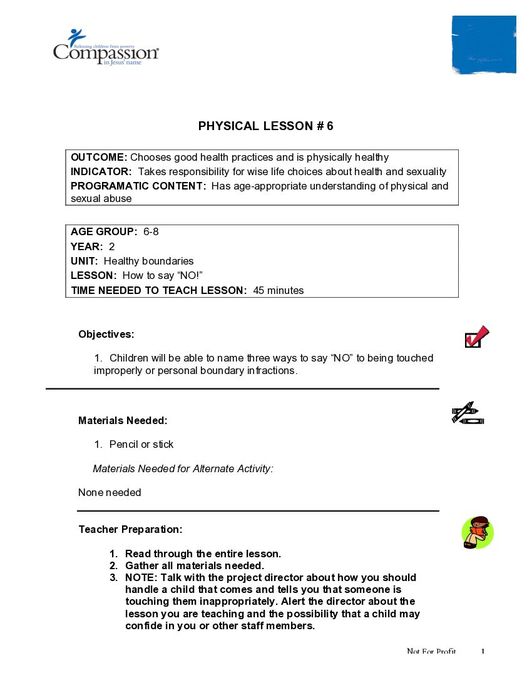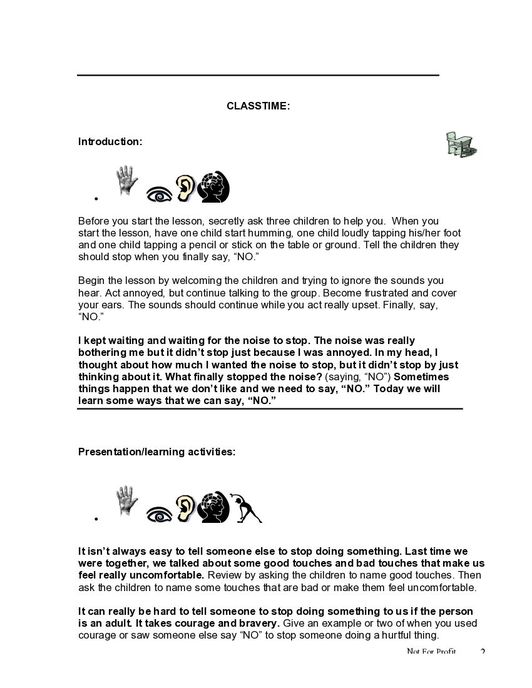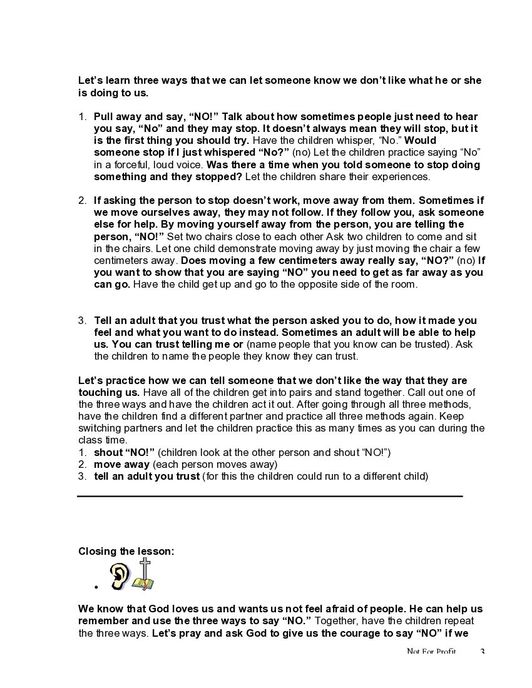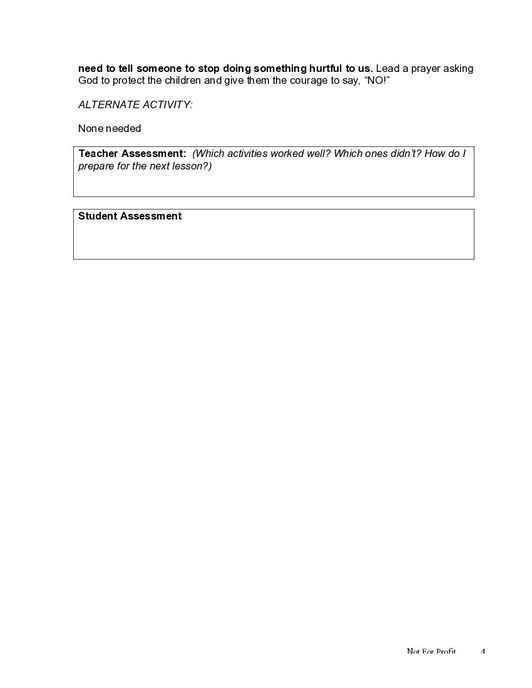How to Say No
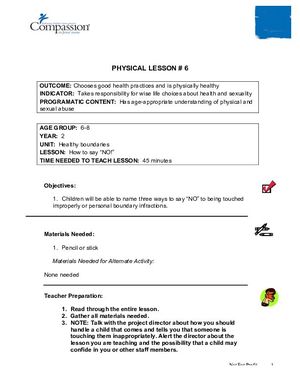
Preview
Login Required
Lazima uwe mmoja wa jamii ya ForChildren.com ili upakue nyenzo/raslimali zilizomo. Bofya vitufe vilivyo hapa chini ili uingie au ujisajili!
| Category | None |
| Copyright Owner | Compassion International |
The lesson “How to Say No” is part six of a 46 part series on human development, the human body, health, and safety. This lesson teaches children to say no to inappropriate touching, to move away, and to tell a trusted adult. This resource includes a lesson plan for the teacher on how to prepare beforehand, class-time contentto facilitate learning, hands-on activities facilitating further learning, and a teacher assessment at the end. This lesson is designed for a group of young children between the ages of 6 and 8, and is the sixth physical development lesson in the Core Curriculum,6-8 years, Year Two.
Related Documents
-
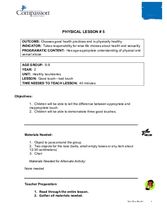
Good Touch-Bad Touch
The lesson “Good Touch-Bad Touch” is part five of a 46 part series on human development, the human body, health, and safety. This lesson … -
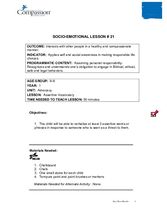
Assertive Vocabulary
The lesson “Assertive Vocabulary” teaches children the ability to verbalize at least three assertive words or phrases in response to some… -
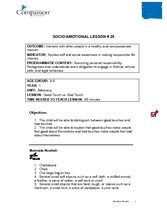
Good Touch vs. Bad Touch
The lesson “Good Touch vs. Bad Touch” teaches children how to distinguish between good touches and bad touches. The children understand a… -
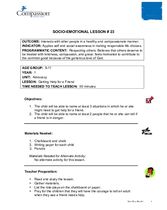
Getting Help for a Friend
The lesson “Getting Help for a Friend” teaches children more about healthy relationship development and both social and self-awareness in… -
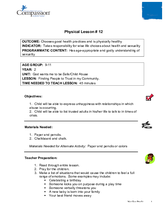
Finding People to Trust in My Community
The lesson “Finding People to Trust in My Community” is part 12 of a 35 part series on human development, the human body, health, and saf… -
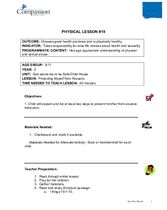
Protecting Myself from Abuse
The lesson “Protecting Myself from Abuse” is part ten of a 35 part series on human development, the human body, health, and safety. This … -
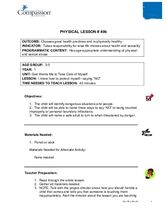
I Know How to Protect Myself - Part B
The lesson “I Know How to Protect Myself” is part 40B of a 42 part series on parts of the human body, health, and safety. This lesson foc… -
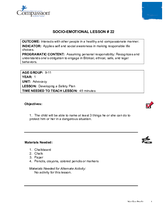
Developing a Safety Plan
The lesson “Developing a Safety Plan” teaches children about the importance of assuming personal responsibility in order to maintain and … -
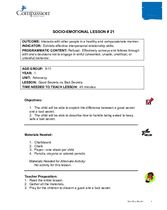
Good Secrets vs. Bad Secrets
The lesson “Good Secrets vs. Bad Secrets” teaches children more about self and social awareness, specifically about refusal and how to ef… -
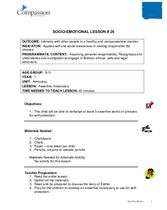
Assertive Vocabulary
The lesson “Assertive Vocabulary” teaches children more about personal responsibility and the healthy development of Godly character thro…
ForChildren.com is presented by Compassion International, a registered 501(c)3 non profit organization. All resources, courses, and discussions are intended for educational use only, not for profit.





